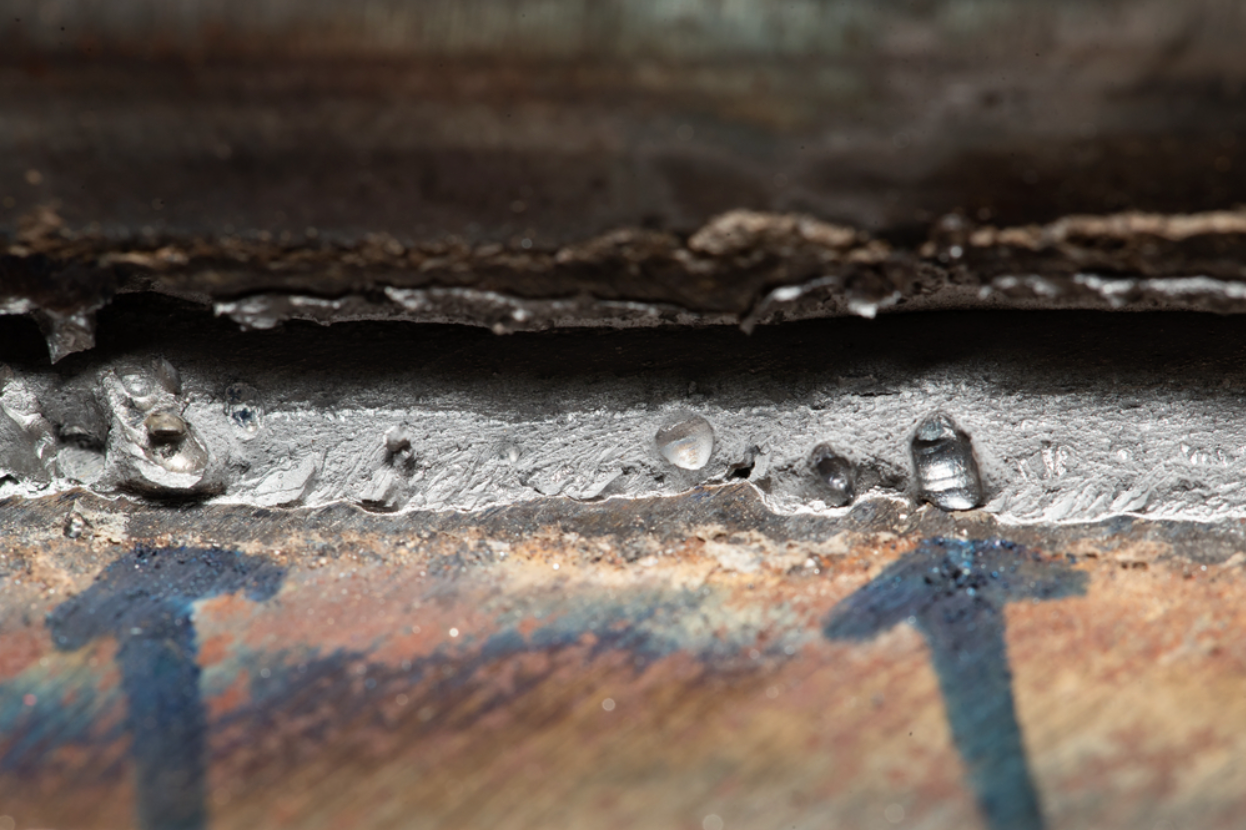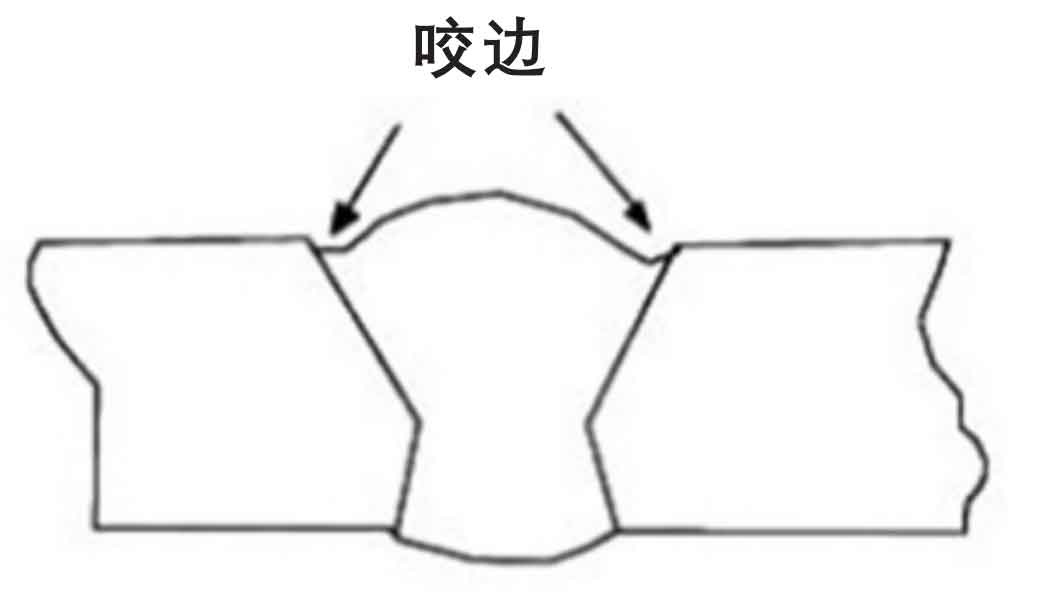Preventing Weld Undercut Demystified: Strategies for Success
Preventing Weld Undercut Demystified: Strategies for Success
Blog Article
Understanding the Causes and Solutions for Undercut Welding in Metal Fabrication Processes
In the realm of steel fabrication procedures, the event of undercut welding poses a significant challenge that demands a comprehensive understanding of its causes and viable solutions. The intricate interplay of various variables during welding operations can result in this undesirable phenomenon, influencing the structural honesty and total top quality of the bonded joints - Preventing weld undercut. By exploring the origin of undercut welding and exploring effective therapeutic procedures, producers can raise the requirement of their craftsmanship and guarantee the production of remarkable steel elements
Common Causes of Undercut Welding
Regularly neglected in steel manufacture, undercut welding occurs due to various elements that require careful focus and proficiency to be efficiently alleviated. In addition, incorrect welding strategies, such as making use of the incorrect welding angle or take a trip rate, can additionally add to damage development. The selection of welding criteria, such as voltage, existing, and wire feed speed, plays a significant role in the occurrence of undercut welding.
Impact of Incorrect Welding Parameters
Imprecise welding specifications can significantly compromise the integrity and top quality of welded joints in metal fabrication procedures. The impact of incorrect welding specifications materializes in numerous methods, leading to architectural weak points and issues in the bonded parts. Careful attention to welding parameters is vital to make sure the manufacturing of high-quality welds with the preferred mechanical residential properties and architectural stability.
Impact of Improper Torch Angle
Improper lantern angle in welding operations can dramatically influence the quality and stability of the final weld joints in steel fabrication procedures. The torch angle plays an important function in figuring out the warm input and distribution throughout welding. When the lantern angle is wrong, problems such as damaging can arise. Damaging is an usual welding flaw where a groove creates along the weld toe, compromising the joint and jeopardizing its architectural stability.
A lantern angle that is too steep can bring about inadequate infiltration, insufficient blend, and boosted spatter. On the other hand, a lantern angle that is as well shallow can lead to extreme infiltration, burn-through, and distortion of the base product. Preventing weld undercut. Proper torch angle is vital for guaranteeing constant weld top quality, stamina, and appearance
To stop damaging and various other defects triggered by improper torch angles, welders must be educated to maintain the appropriate lantern angle throughout the welding process. Regular monitoring and change of torch angles during welding can assist attain sound welds with marginal flaws.
Duty of Inadequate Welding Techniques

An additional element of insufficient welding methods is inappropriate weld prep work. Insufficient cleaning of the base metals, inaccurate joint design, or insufficient edge prep work can all add check here to damage welding. Additionally, poor shielding gas coverage or using the incorrect kind of gas can lead to incomplete fusion and the development of undercut problems.
To deal with the function of poor welding techniques in steel construction procedures, it is vital to offer thorough training for welders. Correct education on welding parameters, joint prep work, browse this site and protecting gas choice can assist avoid undercut welding and ensure high-grade welds in steel construction projects.
Effective Solutions for Undercut Welding
Attending to undercut welding in metal manufacture needs executing effective solutions to enhance weld top quality and structural stability. Among the main services to fight undercut is to adjust welding parameters such as voltage, current, and travel rate to make certain correct heat input and blend. By fine-tuning these setups, welders can protect against too much melting of the base metal and filler product, decreasing the probability of undercut development.
In addition, proper joint preparation is vital in protecting against undercut. Ensuring tidy base metal surface areas free of contaminants and making use of the proper bevel angle can help advertise better weld penetration and reduce the threat of undercut - Preventing weld undercut. Using ideal welding strategies, such as oscillating the lantern or weaving, can also help in distributing warm equally and loading the weld joint sufficiently, lessening the possibility of undercut flaws
Moreover, selecting the appropriate welding consumables, including electrodes and filler metals, is vital in mitigating undercut. Utilizing materials with proper chemical structures and mechanical properties can add to accomplishing sound welds with marginal undercut. Routine examination and quality assurance actions ought to also be implemented to identify and attend to undercut problems without delay, ensuring the total stability of fabricated steel parts.

Verdict
To conclude, understanding the causes and services for undercut welding in steel fabrication procedures is important for achieving high-quality welds. By addressing usual causes such as incorrect welding specifications, improper lantern angle, and inadequate welding techniques, welders can stop damaging and ensure solid, long lasting welds. It is important to pay interest to these elements and implement efficient services to enhance the total welding procedure and last item quality.

Report this page